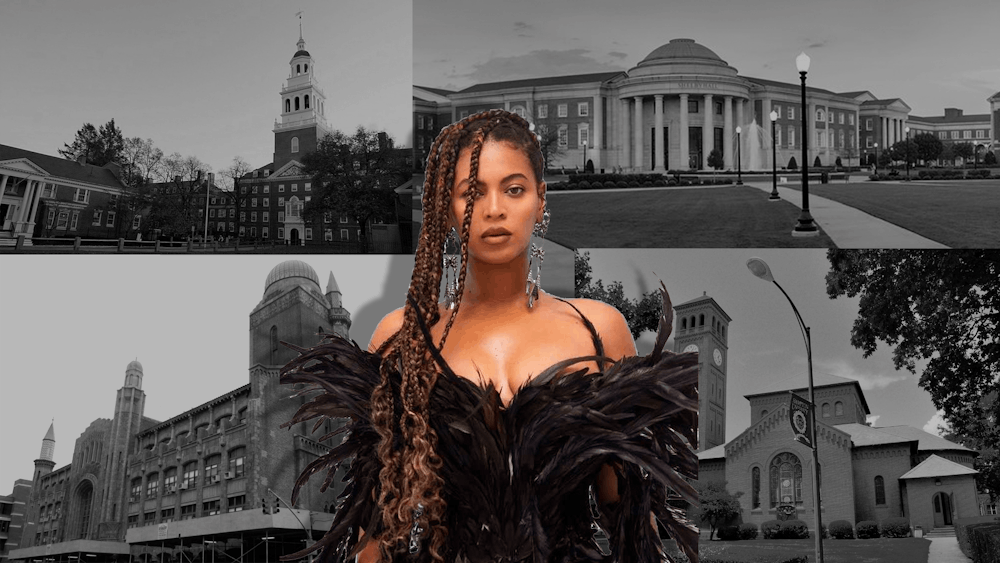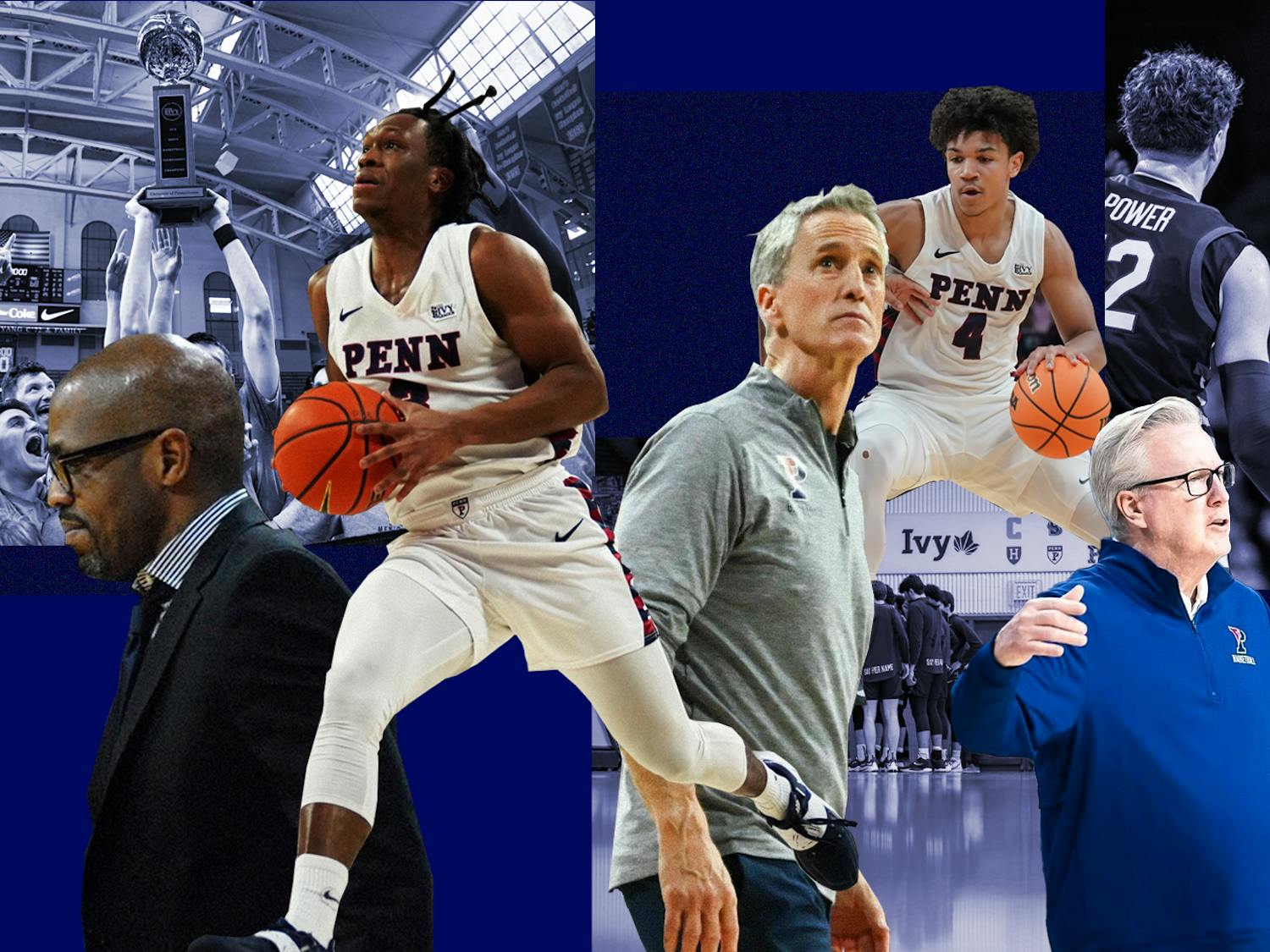I suppose that, compared to some other regions of this country, one could consider Penn to be a fairly diverse place as our student body is only about 40% white. Such percentages are a source of pride, both at Penn and many other similar schools. Our racial diversity is something many highly ranked institutions of higher education enjoy proclaiming in brochures and promotional videos. However, it may be worth considering whether these numbers truly reflect Penn’s inclusiveness. How many of us feel that people who look like us are truly included on our college campus?
When I think of intercultural inclusion, I think of “Black Is King,” a 2020 visual album based on the music from her soundtrack album “The Lion King: The Gift.” Beyonce decided to create "Black Is King" after doing voiceover and musical work on the 2019 live action “The Lion King” film. After learning about a Black artist who did not receive their due credit in the original animated film, Beyonce became committed to retelling the story of “The Lion King” in collaboration with real Black people, rather than simply using animals. Beyonce did in-depth research to learn more about the history and culture behind each scene and component she sought to include in the movie.
She spent over a year developing the film, and she used her Disney earnings from "The Lion King" to recruit Black artists, designers, musicians, known and unknown, from six different continents around the world, a move that would ensure the accuracy of her film and intercultural inclusion at all stages of production. According to her mother, Tina Knowles-Lawson, Beyonce did not make any financial profit from creating and producing "Black Is King." The visual album was meant to celebrate Blackness in all of its forms, shapes, and sizes. Beyonce may not have belonged to the cultures represented in the film, but she did her due diligence in giving people across the diaspora the representation they have been denied for so long.
Having one's identity praised on screen is a gift that many, sadly, still have not received. Nevertheless, Beyonce's work shows us what is possible when we put in enough time, energy, and money. It shows what is possible at our universities as well. Some top universities have significant endowments that stretch far further than Beyonce’s net worth, but they seem to do far less than they are able when it comes to true inclusion. Perhaps, some believe that universities have a handle on inclusion. I say that we need to take a closer look at what inclusion truly looks like.
Putting multiple cultural centers in a small, single-level basement, for example, while also developing new structures for already well-represented entities (e.g. business schools) is not the same as inclusion. Featuring land acknowledgements in emails and on websites without pouring meaningful resources into supporting student members of the displaced Indigenous tribes is not the same as inclusion. Proudly claiming a profound connection with the University's host communities while simultaneously expanding the bubbles of gentrification, driving up the cost of living, and failing to pay property taxes is not the same as inclusion.
What does inclusion look like? Inclusion would be the universities' leadership making a concerted effort to include everyone. This could mean injecting more funds and support into campus-wide holiday celebrations (e.g. Lunar New Year) that mean everything to certain members of the student body. For students who may feel overburdened by the need to plan and celebrate these events themselves, this could significantly contribute to their sense of inclusion in a community like Penn. A similar case can be made for community engagement (i.e. trying to reverse the harm the university has caused the local community) — something that us students are expected to pick up the slack on. In truth, we should be involved in these processes, but we should not be held responsible for them. Pushing students to correct the mistakes and oversights of institutions is both unfair and illogical.
Universities spend millions everyday on various social events and university traditions. While they serve to entertain the student body, do nothing to increase the inclusivity on campus and in local communities. Such events often cater primarily to the most privileged of us while overshadowing the experiences of others. From a business perspective, I understand to an extent the importance of appealing to donors and prospective students. However, universities' failure to act goes beyond even that: The people whom students rely on to make us feel at home craft an environment that makes the marginalized feel further marginalized while continuing to grow their multi-billion dollar endowments.
Indeed, many schools are introducing initatives and funds to offset the damage caused by systemic racism in their host communities. Going a step further, some universities are investing more into promoting and growing their cultural centers and adding diversity courses to their general education requirements. However, this is only a start. The real change will come when even more university leaders begin actively working to reverse that damage themselves and pouring more resources into supporting those of us who have been ignored for so long. There is a reason why "diversity, equity, and inclusion" is one complete phrase; proclaiming one makes little to no sense without also enforcing the others.
TIMETHIUS J. TERRELL is a College sophomore from middle Georgia studying psychology. His email is timet@sas.upenn.edu.









